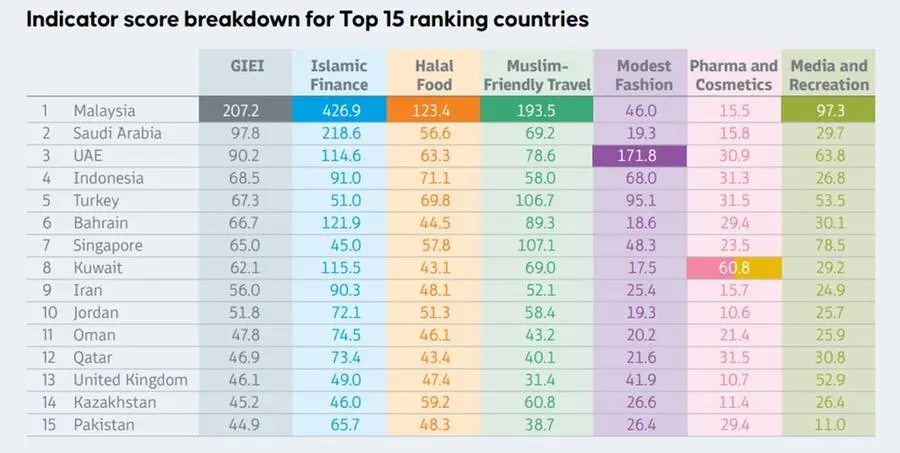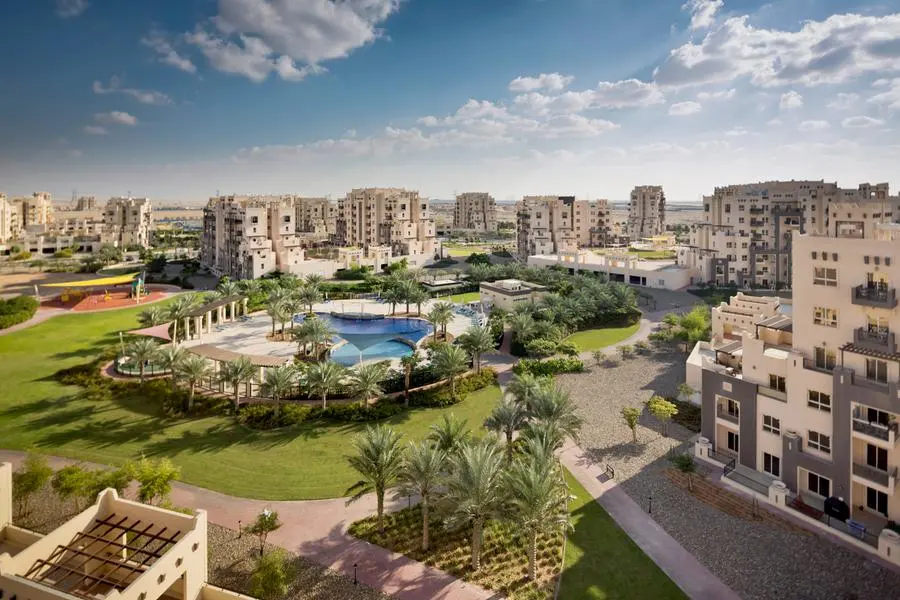PHOTO
Middle Eastern group of young men gathering in mall
The world’s 1.9 billion Muslims spent the equivalent of $2 trillion in 2021 across the food, pharmaceutical, cosmetics, fashion, travel, and media/ recreation sectors, according to a report produced by Dinar Standard with the support of Dubai Economy and Tourism (DET)
This spending reflects an 8.9 percent year-on-year growth from 2020, with Islamic finance assets estimated to have grown to $3.6 trillion in 2021, up 7.8 percent, from $3.4 trillion in 2020, the State of the Global Islamic Economy Report (SGIE) 2022, stated.
Despite the continued uncertainty related to the pandemic, global Muslim spending in 2022 is forecasted to grow by 9.1 percent for the various Islamic economy sectors, excluding the Islamic finance sector.
According to the SGIE report, the top 4 positions remain unchanged from last year, with Malaysia retaining the top spot for the 9th consecutive year. Malaysia is followed by Saudi Arabia, the UAE and Indonesia.
New entrants to the top 15 include the UK and Kazakhstan. Turkey and Singapore moved up 7 and 8 positions respectively to reach the 5th and 7th positions overall. Nigeria and Sri Lanka have moved out of the top 15.


Source: SGIE Report by Dinar Standard.
Below are the other key takeaways from the SGIE report:
- Investments in the Islamic economic sectors across OIC and select non-OIC markets grew by 118 percent to $25.7 billion in 2020/21 from $11.8 billion in 2019/20.
- The UAE, Indonesia, and Malaysia saw the highest number of investments, with the UAE securing 16 percent of all deals recorded. In terms of sectors, halal food and Islamic finance comprised 15.5 percent and 66.4 percent of the total deal value, respectively.
- Muslim spend on food increased by 6.9 percent in 2021, from $1.19 trillion to $1.27 trillion. It is expected to grow by 7.0 percent in 2022 to $1.67 trillion in 2025.
- Islamic finance assets were valued at $3.6 trillion in 2021 and are expected to grow by 8 percent in 2022 and reach $4.9 trillion in 2025 at a 4-year CAGR of 7.9 percent.
- Muslim spend on tourism increased from $58 billion to $102 billion in 2021 and is expected to grow by 50 percent in 2022 to $154 billion and reach $189 billion in 2025.
- Muslim spend on fashion increased by 5.7 percent in 2021, from $279 billion to $295 billion, and is expected to grow by 6 percent in 2022 to $313 billion and reach $375 billion in 2025.
- Muslim spend on pharmaceuticals increased by 6.5 percent in 2021, from $93.5 billion to $100 billion, and is expected to grow by a further 6.7 percent in 2022 to $106 billion and reach $129 billion in 2025.
- Muslim spend on cosmetics increased by 6.8% in 2021, from $65 billion to $70 billion, and is expected to grow by a further 7.2 percent in 2022 to $75 billion and reach $93 billion in 2025.
- Muslim spend on media sector increased by 7.2 percent in 2021, from $216 billion to $231 billion, and is expected to grow by a further 7.5 percent in 2022 to $249 billion and reach $308 billion in 2025 at a 4-year CAGR of 7.5 percent.
The purpose of Dinar Standard’s SGIE report is to is to inspire and empower business leaders, entrepreneurs, government officials, and industry bodies to evaluate and develop an actionable, practical, and high-impact market strategy focused on the global Islamic economy.
According to the report, original research of halal products, lifestyle, and Islamic finance market developments was conducted by leveraging the services of on-the-ground analysts from each global region and gathering insights from 49 expert interviews.
(Writing by Seban Scaria; editing by Daniel Luiz)





















